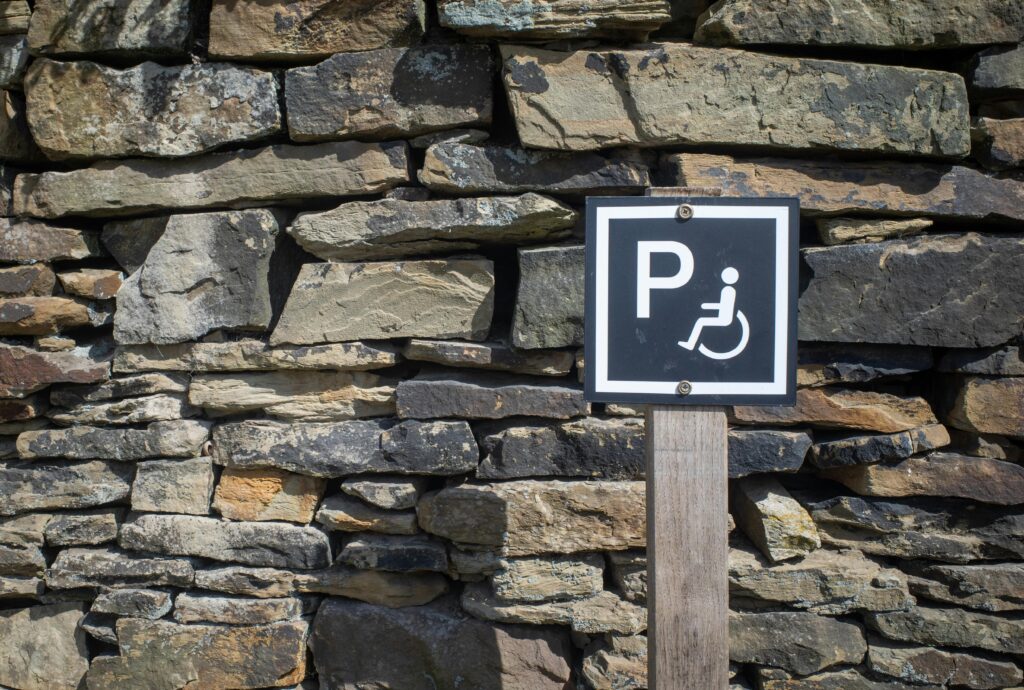One of the many features that radiantWEB offers to its clients is Accessibility, and even though many people may think it means that your website is easy to use, it’s not that. Accessibility simply means the creation and development of a website that can be used by everyone, with consideration for people with disabilities like poor eyesight, ADHD, epilepsy just to name a few.
Inclusivity not Exclusivity
At radiantWEB we are particularly aware that not all people can surf the web as easily as the majority of users in the digital universe, which is why radiantWEB uses it for our own website to ensure we stay ahead of the game by being inclusive for all..
See that round icon with a little stick figure on the right hand icon of the screen you are reading this blog post? Click on it and a drop down menu will appear with all the different modes you can choose like
- Epilepsy Safe Mode (This enables people with epilepsy to use the website safely by eliminating the risk of seizures that result from flashing or blinking animations and risky color combinations)
- Visually Impaired Mode (This adjusts the website for the convenience of users with visual impairments such as Degrading Eyesight, Tunnel Vision, Cataract, Glaucoma, and others)
- Cognitive Disability Mode (This provides different assistive options to help users with cognitive impairments such as Dyslexia, Autism, CVA, and others, to focus on the essential elements of the website more easily)
- ADHD Friendly Mode (This helps users with ADHD and Neurodevelopmental disorders to read, browse, and focus on the main website elements more easily while significantly reducing distractions)
- Blindness Mode (This configures the website to be compatible with screen-readers such as JAWS, NVDA, VoiceOver, and TalkBack. A screen-reader is software for blind users that is installed on a computer and smartphone, and websites must be compatible with it).
Most of the time websites do not take any of this into consideration and ignore the fact that there are people out there surfing the web who struggle, which is why Accessibility is designed to be inclusive to as many users as possible, including people with disabilities who rely on assistive technology to navigate the web.
Excluding Your Potential Audience
Essentially, the more accessible your website is, the more people can use it. Less Accessibility, and a portion of your potential audience are instantly repelled. They are basically barred from entering your digital domain. Trying to get any information from your website or a product they might want to purchase is nothing short of impossible.
Having a website that is easily usable by people with auditory, cognitive, neurological, physical, speech, and visual disabilities has many benefits and widens your scope. However, even though these disabilities are a key focus of Accessibility, this is not necessarily the only people who benefit from these features..
Accessibility also generally improves the User Experience for many people and certain situations like people who use cellphones with smaller screens to surf the web, while there are also people with limited abilities like vision, or mobility due to the natural ageing process. There are other situations where a serious injury can temporarily hinder a person’s ability to navigate their online journey.
And as our society becomes more tolerant of others, Accessibility is going to become a staple diet in the designing and development of websites going forward. Something that was once a need, will become a necessity.
Conclusion
radiantWEB is already ahead of the game when it comes to Accessibility. Several of our clients already make use of our services to ensure everyone is included in the digital landscape.
We know that Accessibility is here to stay, and as we move forward, the need to incorporate it in all aspects of a website build is becoming imperative to how your business or brand communicates its messaging. This is necessary because the internet needs to meet the needs of all individuals, no matter what those needs are.

